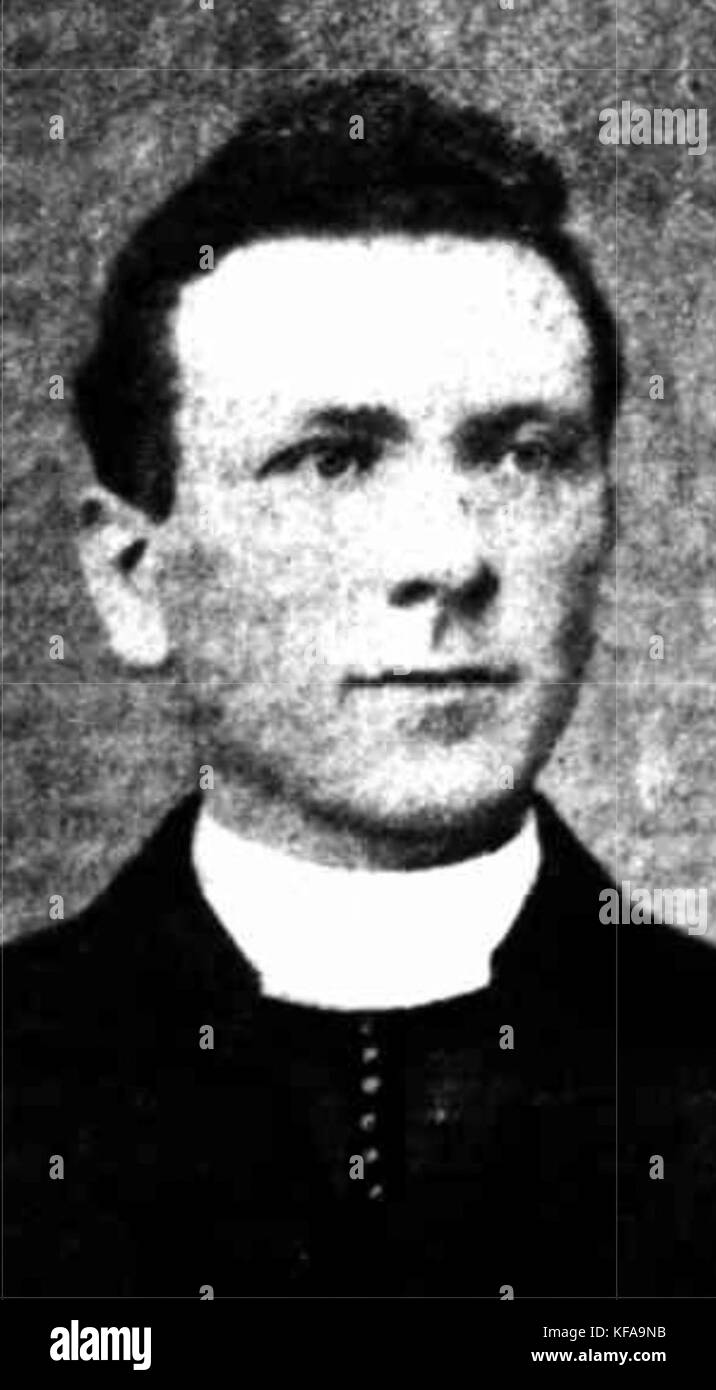How does a promising young life come to such a tragic end? Bridget Shiel, a 19-year-old aspiring model from Atlanta, was found dead in Oakland Park under circumstances that shocked the city. Her body, discovered unclothed and bearing multiple gunshot wounds, raised immediate questions about her final hours. A bold statement emerged as investigators pieced together evidence: Bridget's murder was not an isolated incident but part of a larger pattern linked to one of Atlanta’s most notorious criminals.
Bridget had recently moved to Atlanta, leaving behind a tumultuous past in search of new beginnings. Enrolled in beauty school and pursuing modeling opportunities, she appeared poised for success. However, on November 30, 2016, her dreams were cut short when her body was found in Oakland Park. The case initially baffled authorities due to its brutality and lack of clear leads. Two years later, however, advancements in forensic technology provided a breakthrough. A DNA match connected Christopher Spencer, already serving a life sentence for another double homicide, to the crime scene. This revelation shed light on his involvement in at least four other murders across the city, cementing his status as a serial killer.
| Name | Bridget Alley Shiel |
|---|---|
| Date of Birth | January 5, 1997 |
| Date of Death | November 30, 2016 |
| Place of Birth | Atlanta, Georgia |
| Residence | Atlanta, Georgia |
| Occupation | Aspiring Model and Actress |
| Educational Background | Enrolled in Beauty School |
| Family | Mother: Angela Shiel |
| Notable Facts | Victim of Murder Linked to Serial Killer Christopher Spencer (Reference) |
Bridget’s journey toward self-discovery began after overcoming challenges in her early life. Born into a troubled household, she sought stability through education and career aspirations. Her decision to attend beauty school reflected her determination to forge a brighter future. Friends described her as ambitious and kind-hearted, someone who inspired those around her with her resilience. Despite these positive attributes, Bridget became entangled in a dangerous web spun by individuals like Christopher Spencer, whose predatory nature targeted vulnerable young women.
Christopher Spencer, the man implicated in Bridget’s murder, has a chilling history. Already convicted of multiple homicides, he demonstrated a pattern of violence against women. Investigators believe Spencer preyed on victims who were either socially isolated or seeking better lives, much like Bridget. His arrest brought closure to several families affected by unsolved murders in Atlanta, though it could never erase the pain inflicted upon them. Law enforcement credited advances in DNA analysis with solving cases that had lingered unresolved for years.
The impact of Bridget’s death resonated beyond her immediate circle. It highlighted systemic issues within Atlanta’s criminal justice system, particularly regarding the investigation of missing persons and homicide cases involving marginalized communities. Advocates called for increased resources dedicated to addressing such crimes, emphasizing the importance of timely intervention and community engagement. For every Bridget Shiel, countless others remain unnamed and forgotten, their stories lost amidst bureaucratic inefficiencies.
Atlanta’s homicide rate continues to draw national attention, prompting discussions about urban safety and law enforcement strategies. While high-profile arrests offer temporary relief, they underscore deeper societal flaws requiring sustained effort to rectify. Bridget’s memory serves as both a reminder of individual loss and a call to action for systemic reform. By honoring her legacy, society can strive toward creating environments where young people feel safe pursuing their ambitions without fear of harm.
In addition to Bridget, numerous other victims fell victim to similar circumstances during 2016 alone. Jokisha Brown and Taylor Hayden joined the list of unsolved cases until recent developments tied them indirectly to Spencer’s activities. Each case represents a unique tragedy yet shares common threads—vulnerability exploited by predators operating unchecked within urban centers. Addressing this issue demands collaboration between law enforcement agencies, social service providers, and local communities working together to dismantle networks enabling such crimes.
Bridget’s mother, Angela Shiel, spoke publicly about her daughter’s potential and the void left by her absence. She urged parents and guardians to stay vigilant, fostering open communication with their children about personal safety. Such efforts aim to prevent future tragedies while acknowledging the irreplaceable value each life holds. Through remembrance and advocacy, Angela hopes to honor Bridget’s memory by advocating for changes benefiting future generations.
Technological advancements played a pivotal role in resolving Bridget’s case, illustrating how modern tools complement traditional investigative methods. DNA databases expanded rapidly over recent years, allowing authorities to cross-reference samples collected from various crime scenes. As more cold cases get revisited using updated techniques, there exists hope for bringing justice to additional victims and their families. Continued investment in forensic sciences ensures progress remains consistent, offering solace even if delayed.
Ultimately, Bridget Shiel’s story exemplifies both the fragility of human existence and our capacity for perseverance amidst adversity. Though her life ended prematurely, her influence extends far beyond personal achievements. Her untimely passing galvanized movements aimed at improving public safety measures while raising awareness about vulnerabilities faced by young women navigating complex urban landscapes. In remembering Bridget, we commit ourselves to building safer futures for all members of society.




